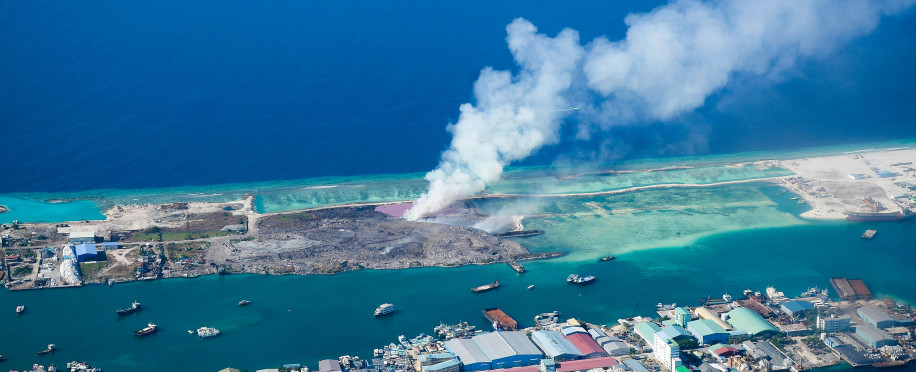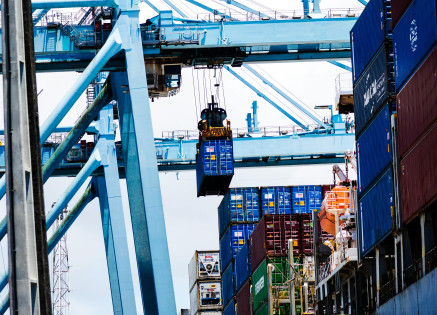Copyright © 2025 lmitac.com All Rights Reserved. Contact - Terms and Conditions - Privacy Policy - Quality Policy - Become an instructor - Vacancies - Sitemap
London Maritime Academy is a trade name for London Premier Groupversion: 2.9.0
London Maritime Academy is a trade name for London Premier Group

Posted on : 10/18/2024, 11:12:48 AM
In the international trade world, the maritime industry is taking a large portion of the cargo movement and transportation, thus, there are several techniques to guarantee the safety of carried cargo.
Moreover, the draft survey is a basic principle used to ensure that the ship is loaded and discharged with the appropriate weight of cargo and suitable displacement measurements based on accurate calculations, readings, and weights.
Today, we will share details about draft surveys, including loading and unloading cargo, vessel displacement survey, and draft survey sampler, which are vital information for students coming from Indonesia to become professional surveyors.
A draught survey, or draft survey is a calculation method used to determine the total weight or quantity of bulk cargo loaded or unloaded on a vessel, based on the displacement reading of water by the vessel before and after cargo loading on board.
Furthermore, the vessel draft survey calculation is impacted by different factors, including water density, bunker tank spaces, and ballast conditions.
In other words, the draft survey is a technique based on the vessel's calculated draft, which is the perpendicular distance between the waterline and the bottom of the hull to know the allowed weight of cargoes without causing any safety concerns to the ship and its crew.
Draft surveys are widely used surveys and methods in shipping to define an accurate valuation of cargo weight, especially for loaded container shipping and bulk materials like coal, grain, or minerals, and guarantee safe delivery for shipped cargo without any shortages.
In a draft survey, measurements are usually taken at six crucial and standard points on the vessel hull to ensure accuracy in calculating the vessel displacement and to provide a comprehensive understanding of the ship's floating, loading, and discharging condition and allowed loaded cargo weight.
The ship draft survey is measured at the fore of the ship to know the vessel trim, or how the ship is balanced lengthwise when fully loaded.
Measuring the draft survey at the ship centre shares an average draft and helps in determining whether the even distribution of loaded cargo weight along the vessel is achieved or not.
The draft marks at the back of the ship are used with the forward measurements in draft surveys, to get a clear and corrected indication of the vessel surface stability, trim, and overall displacement.
This draft survey measurement is required to ensure that the draft on the left side of the ship is equal to the other side and that the loaded dry cargo quantities are evenly distributed.
Similar to the previous draft survey of the ship, this starboard survey measures marine drafts to document any lean and guarantees balance across the vessel’s width.
These points are used to check the vessel’s interaction with the water and to enhance the draft calculation accuracy by ensuring even weight distribution.

According to the most popular shipping management courses in London, these are the most important steps or practices to follow in all draft surveys and studies:
Do a full inspection procedure of the ship, with primary tools and equipment, before doing the draft survey, including hull, ballast tanks, etc., to ensure their condition and identify any potential issues that could impact the survey before it begins.
Measure the vessel draft, ballast, and water density before the load or discharge stages of the transported cargo to know the ship initial displacement and possible cargo weight capacity.
Once you have accurate weight calculation, you must measure the density of the water around the ship, usually using a hydrometer, to understand and adjust for variations in buoyancy.
Continuously monitor cargo operations, with draft survey sampler and other procedures to ensure even distribution, and suitable loading, and avoid sudden shifts that could impact the vessel’s balance or safety.
After the ship is loaded or unloaded, you must survey the draft again to determine the ship final displacement number and be able to calculate the actual cargo weight.
Now, after collecting all the required draft survey data, like displacement change, water density, and corrections for trim/list, you can calculate the draft survey to guarantee the cargo weight with accuracy and prepare the required records and reports for the cargo handling processes and draft surveys.
From all the mentioned information above, you will understand the importance of draft surveys in cargo management and how their efficiency impacts the whole process of international cargo movement.
Thus, if you are planning to come from Indonesia to learn about draft survey in cargo management now is the right time to upgrade your skills and open new opportunities for you with updated draft survey software training and unique draft survey certifications from London.